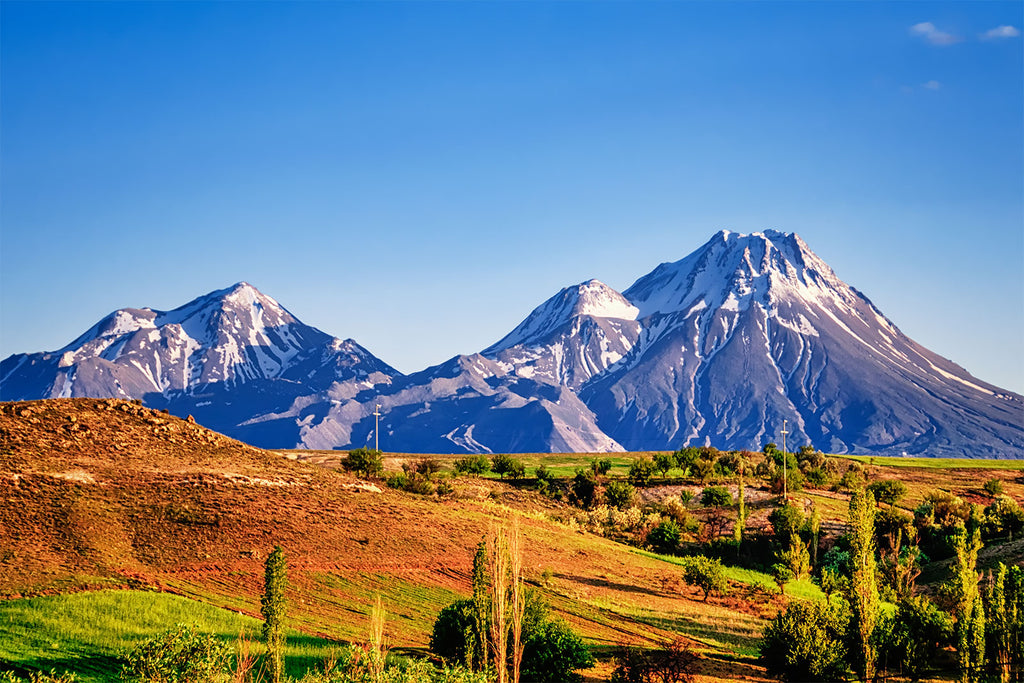Have you ever wondered how mountains get their names? It's a fascinating process, and one that is full of history and tradition. A mountain is typically named after its most distinguishing feature. For example, Mount Kilimanjaro is named after the tallest peak in Africa. The Rocky Mountains are named for the large number of rocks on the mountainside. And Mount Everest is named after Sir George Everest, who was the Surveyor General of India at the time. In this blog post, we will take a closer look at how mountains are named, and why mountain naming is such an important tradition for many cultures!
How to Name a Mountain
It can take a lot of hard work and dedication to become a famous mountain. In order to be named, a peak must first be surveyed and measured. This process has been made easier with GPS, but can be tricky over time as mountains are constantly changing. Mountains are elevated sections of the earth's crust which can be influenced by external elements so keeping track of those changes is extremely important.
After a peak has been correctly surveyed and measured, it needs to be submitted for approval by the government or other governing body. The most common location of submissions is through the U.S. Geological Survey's U.S. Board on Geographic Names website.
The last step in naming a mountain is that the proposed name must be approved by the International Mountaineering and Climbing Federation. It can then take two weeks or more to receive an answer back.
What Can Influence the Name of A Mountain?
But what about mountains that are already named? How do we know which one is the tallest, or the most popular? How did they come into their names? As we said above, mountains have a rich history and their names have been passed down through culture or have changed over time as the world itself has changed. While we can't give a break down of every single mountain and their name in this blog, we can give a short list on what components have been used to name a mountain.
- Shape - Some major peaks have been named after their unique shape or size. This can give a mountain its own characteristics over time
- The View - While the mountain itself can be extremely impressive, it is the perspective of how you look at it that has the most influence. Most mountains have a distinguishable side that it is most viewed from and can named from that.
- Cultural Importance - What are mountains if not the backdrop to history. They have been around for generations and influenced many cultures. Mountains have been named after people, events, legends, religions and many more.
- Surrounding Rocks - The surrounding aesthetic has had influence over mountain names in the past.
- Location - Mountains have gotten their names influenced by their geographical position.
How Are Mountains Maintained?
In order to keep track of all the world's mountains, an international organization called the International Mountaineering and Climbing Federation (or UIAA) was created. This organization maintains a record of all the world's mountains, and they use a special classification system to rank them. The UIAA has three categories: mountain, hill, and outcrop.
- A mountain is defined as a peak that is taller than 2000 meters above sea level.
- A hill is a peak that is between 200 and 2000 meters high
- An outcrop is a small peak that is less than 200 meters high.
By using this system, we can easily see which mountains are getting taller, and which ones are starting to shrink. It's important to track the world's mountains because they play such an important role in our environment. Mountains form a natural barrier between different climates, and they also help to stabilize the earth's climate. By tracking the world's mountains, we can learn more about their impact on our environment and our way of life.
ABOUT US: INVEST IN SURVIVAL
At Invest In Survival, we are committed to getting you what you need when you need it, and where it matters! We look forward to serving you to keep you supplied with the necessary tools, gadgets, and Information to keep you functioning through ANY emergency.
Our goal is to help you prepare in advance to survive any disaster with the appropriate Emergency Response and Emergency Recovery tools and supplies. We always keep an eye on the latest trends in the market, global events, and customer desires. That is why we have satisfied customers all over the world, and are thrilled to be a part of the Disaster Relief community.

